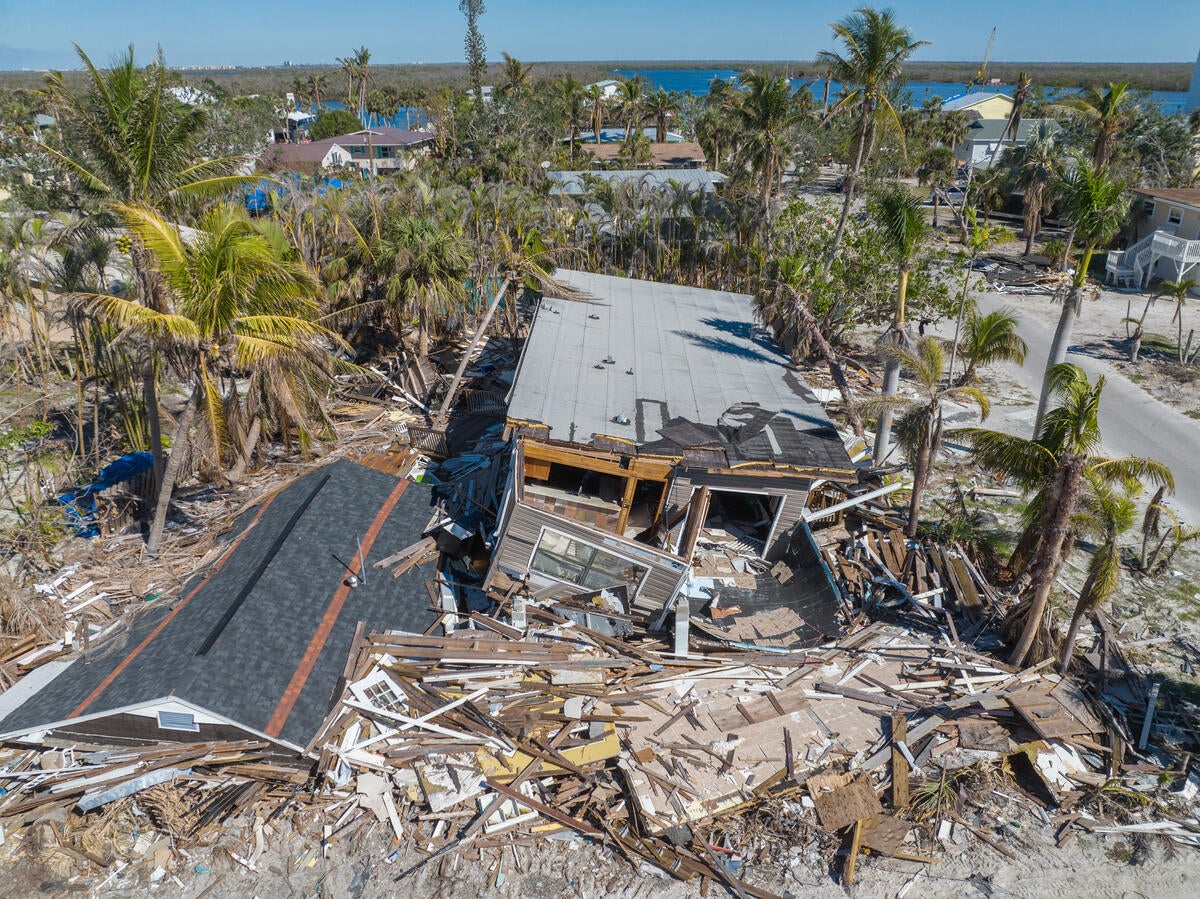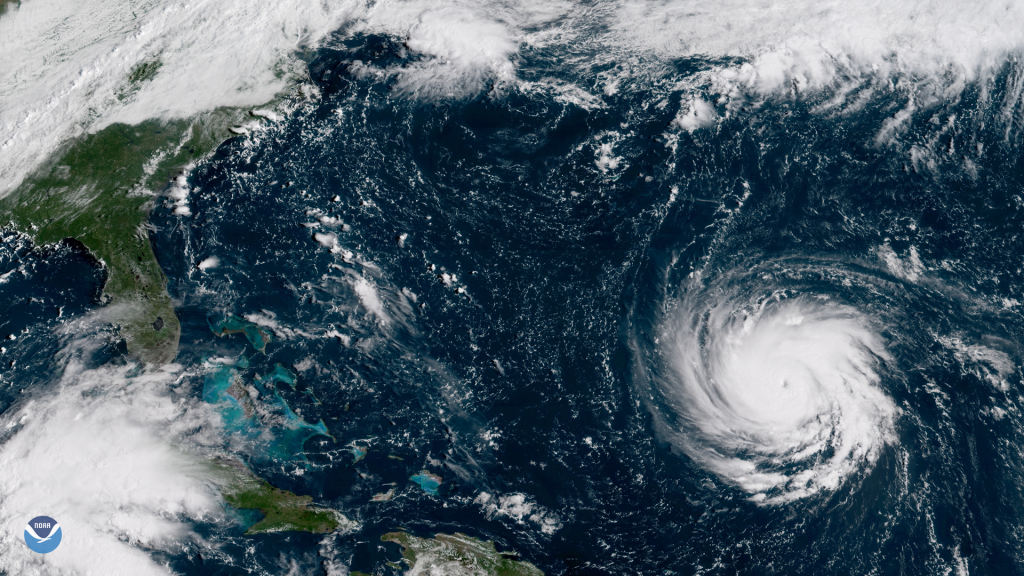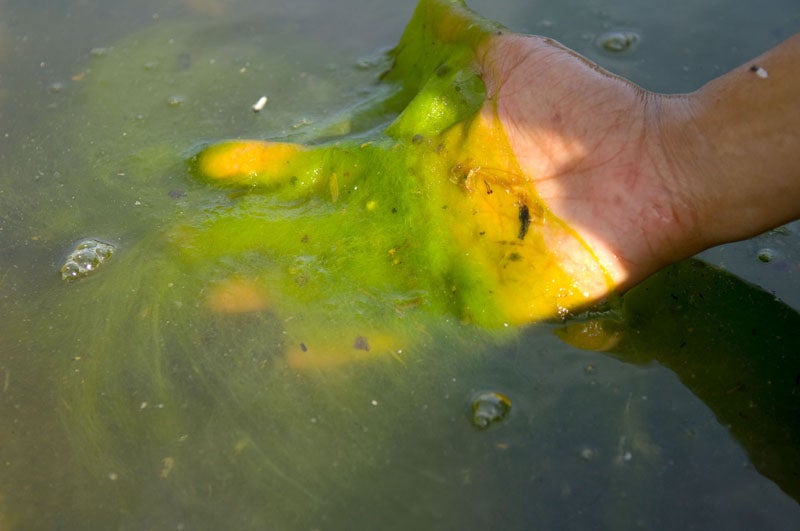It was just last fall when Hurricane Ian, now classified as a category 5 storm, wreaked havoc across the state of Florida. Residents braced the eye of the storm as Ian made landfall on the state’s southwestern side, and millions more watched as communities, businesses and families changed forever.
Ian nearly decimated Sanibel, a beloved vacation spot known for its array of colorful seashells, while it uprooted trees and tore off roofs in Fort Myers. Not to mention, inland communities suffered from flooding due to excessive rainfall, power lines went down and a series of destructive tornados followed Ian’s path. Not long after, Hurricane Nicole rocked northeast Florida, washing away beaches.
Fast forward one year and where do we stand? Ian, then Nicole, now Idalia – it’s time to ask ourselves if Florida will be ready when another big storm hits. Here at EDF, the Climate Resilient Coasts and Watersheds team is focused on building resilience in Florida and ensuring communities are prepared for the increasingly frequent and severe weather events that are predicted. In recent months, there’s been a lot of progress – but there’s still a long way to go. Let’s look at how far we’ve come, and ways leaders can further prioritize a more resilient future.












 Despite growing up without any real interest in conservation or farming, I now spend every working day knee deep in agricultural policy – and I love it.
Despite growing up without any real interest in conservation or farming, I now spend every working day knee deep in agricultural policy – and I love it.